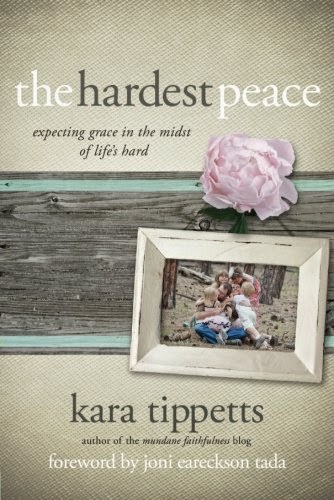AUTHOR/EDITOR: Jessica Miller Kelley
The world famous Handel’s Messiah is not simply a musical
concert to be enjoyed. It contains a lot of biblical prophecy, theological
truth, historical richness, and pastoral depth. Focusing on the Advent theme,
the Messiah is about anticipating the coming of Christ. The musical setting and
the various “tonal paintings” come together to offer us an engaging experience
with fascinating insights into the two comings of Christ. Forty reflections
helm the whole book. Comprising of meditations from various contributors found
in Feasting on the Word, edited by David L. Bartlett and Barbara Brown
Taylor’s and published by the same publisher, readers will be thrilled to know
that the book is not simply for the Advent season of 40 days, but a window to
the rest of the year, in celebration of the Incarnation of Christ. Jesus did
not simply appear at Christmastide and disappear the rest of the year. Jesus is
not simply the reason for one season, but the reason for ALL seasons. The
reflections are divided into three parts.
- Part One – Christ’s Birth and Its Foretelling (16 meditations)
- Part Two – Christ’s Passion and Resurrection (16 meditations)
- Part Three – Christ’s Eternal Reign (8 meditations)
Not only does the book tell the entire story of the
Incarnation, the Resurrection, and the Eschatological Anticipation of Jesus’
Second Coming, it enables the musical movements to accentuate key parts of
Scripture. I really like the way the book challenges us to reflect and to
respond on the significance of the Advent.
“Is our Advent devotion about
entertainment or edification? Diversion or direction? Amusement or awareness?” (15)
Each chapter begins with a brief chorus, a passage from Scripture, and a brief devotional. I appreciated the various reflections on the very simple impressions that provide for us the contexts from which Christ had come. Like the significance of lowliness when the angel of the Lord appeared to mere shepherds, unpopular and people considered of lower esteem in society, who were just going about their daily business. There is also the counter-intuitive manner in which Christ would come; where the lame would leap, a people who walked in darkness would see light, and how Jesus would come and not just suffer for us, He suffered with us. Blended with the musical, the whole work would come across as a magnificent hymn of praise to God and a rendition of heartfelt gratitude for Jesus.
This devotional is not about entertainment or a distraction
from the worries and cares of this world. It is about questioning our present
lifestyles and the presuppositions we hold in our daily lives. Not only does it
illuminates us of the reality of Christ, it helps the Word penetrate into our
souls to remind us of purification, our depth of belief in the promise of God,
and the passion of Christ. We are forced to reckon with the differences between
worldly expectations of a military might versus the humble anticipation of the
Christ-child. Let us not kid ourselves. We all harbor dreams of a mighty king
frequently according to our terms rather than God’s. This is perhaps one of the
biggest barriers, if not the biggest in our spirituality of faith. Stripped to
our bare essentials, we will realize that the One who redeems us is One who
comes in the Spirit’s power. Period.
Rating: 4.5 stars of 5.
conrade
This book is provided to me courtesy of Westminster John Knox Press and NetGalley in exchange for an honest review. All opinions offered above are mine unless otherwise stated or implied.











